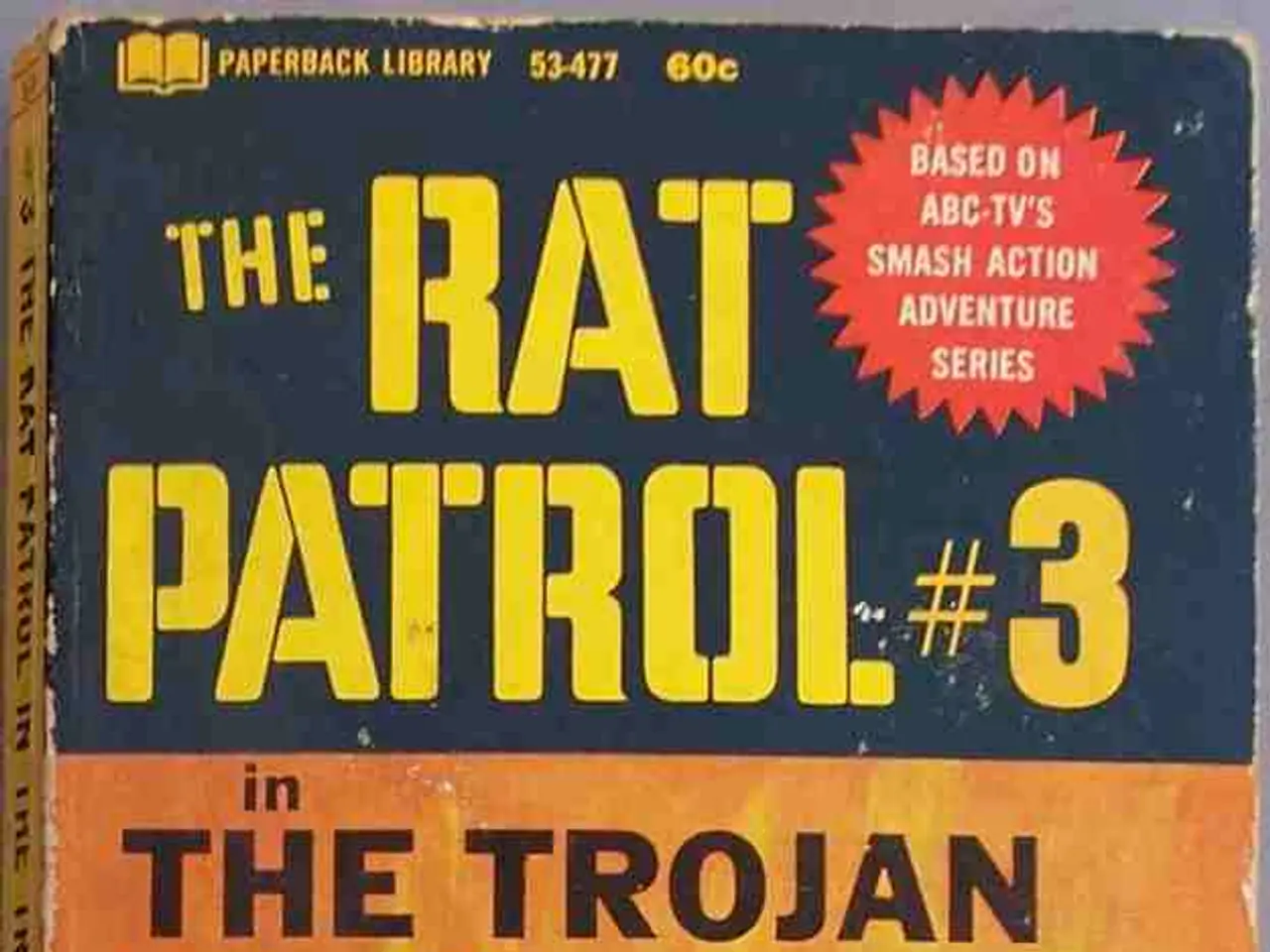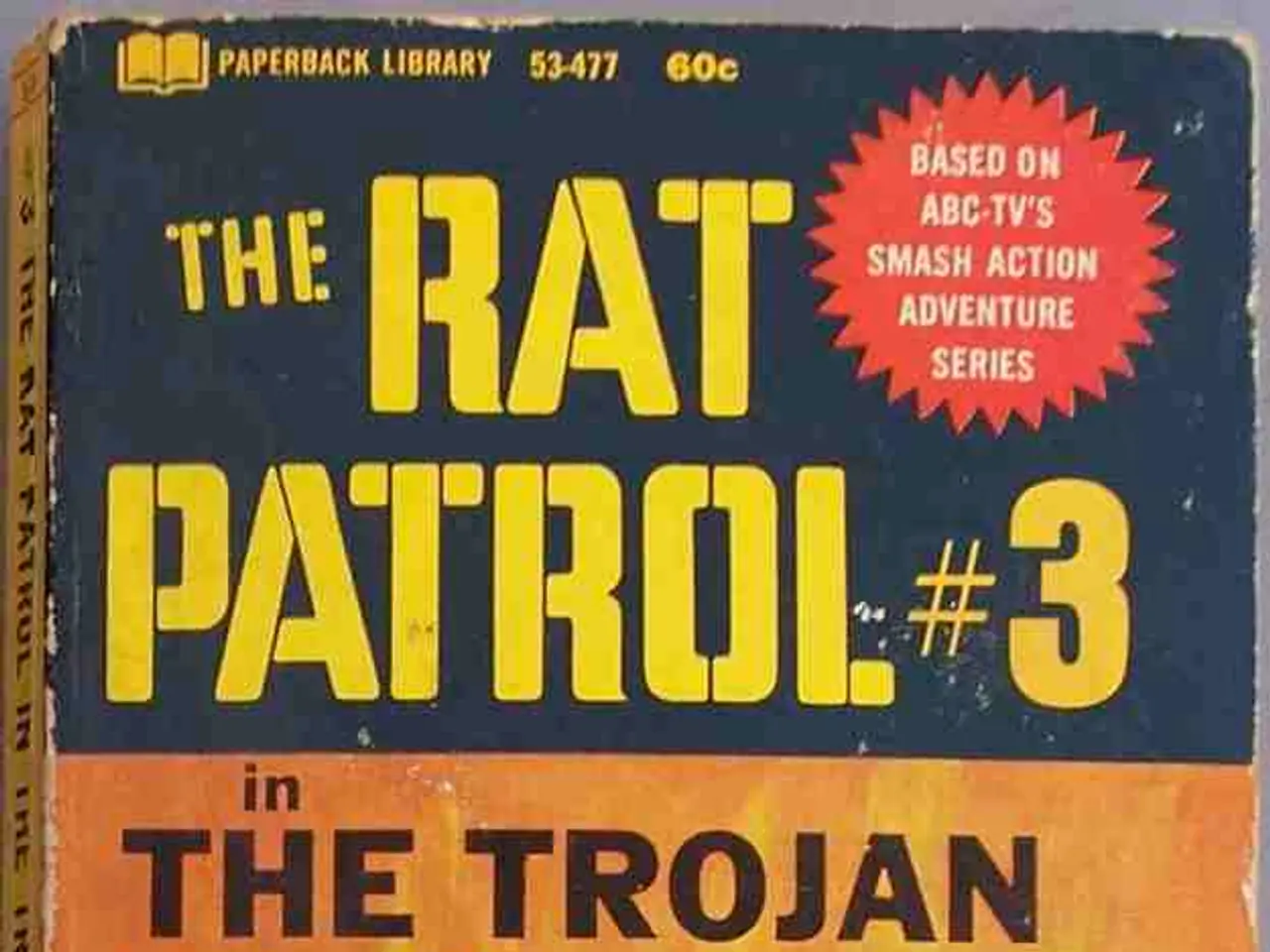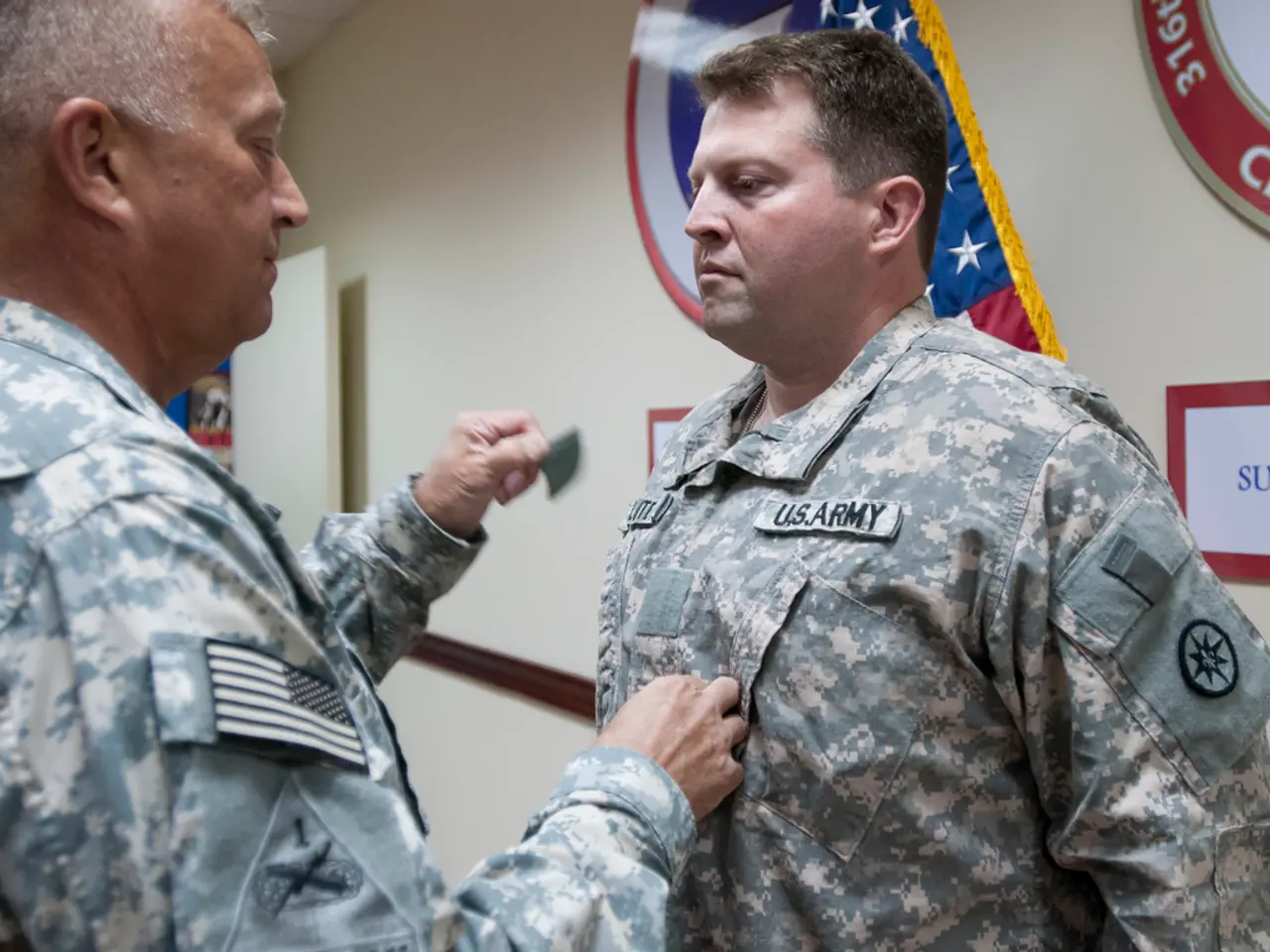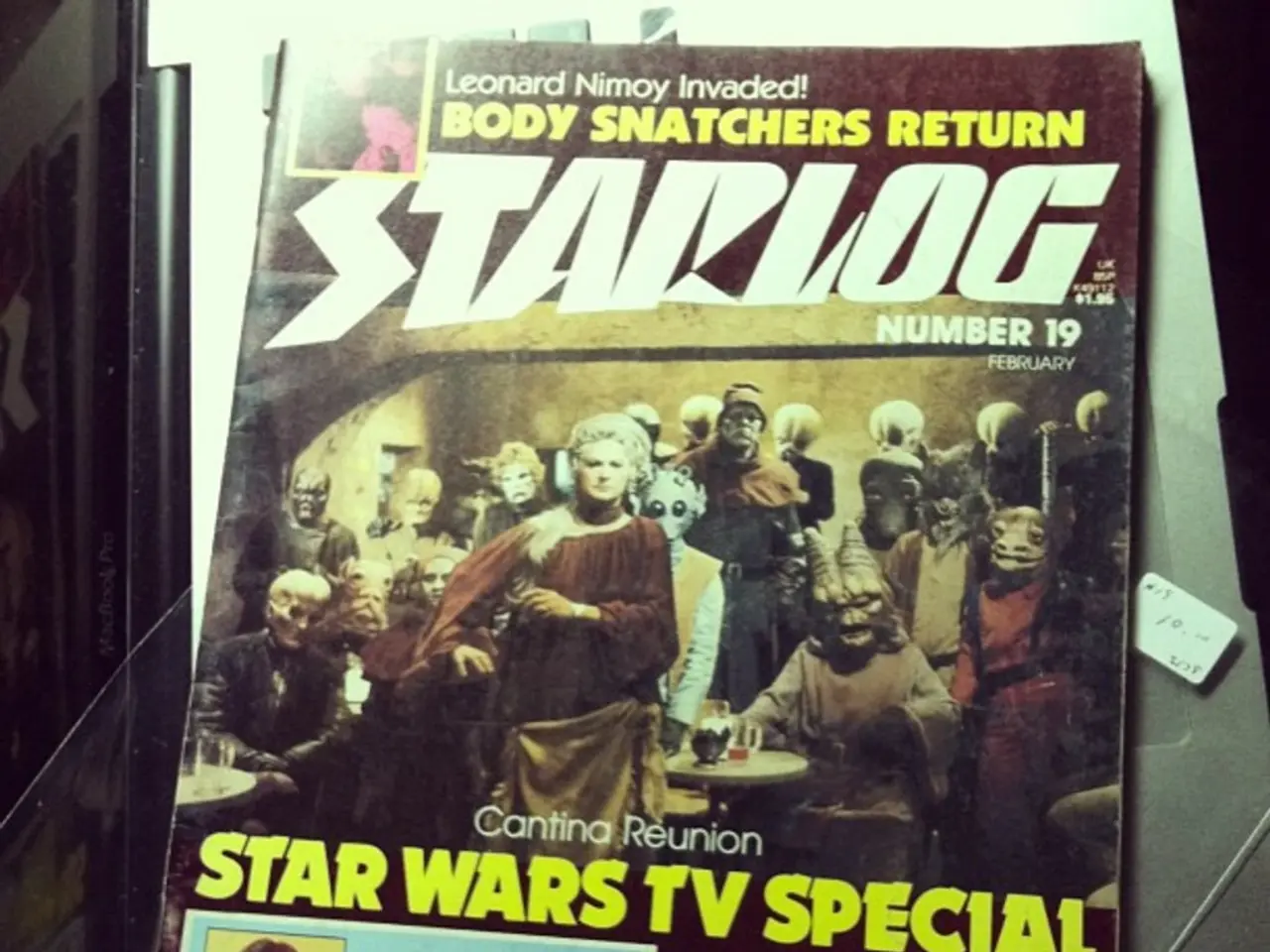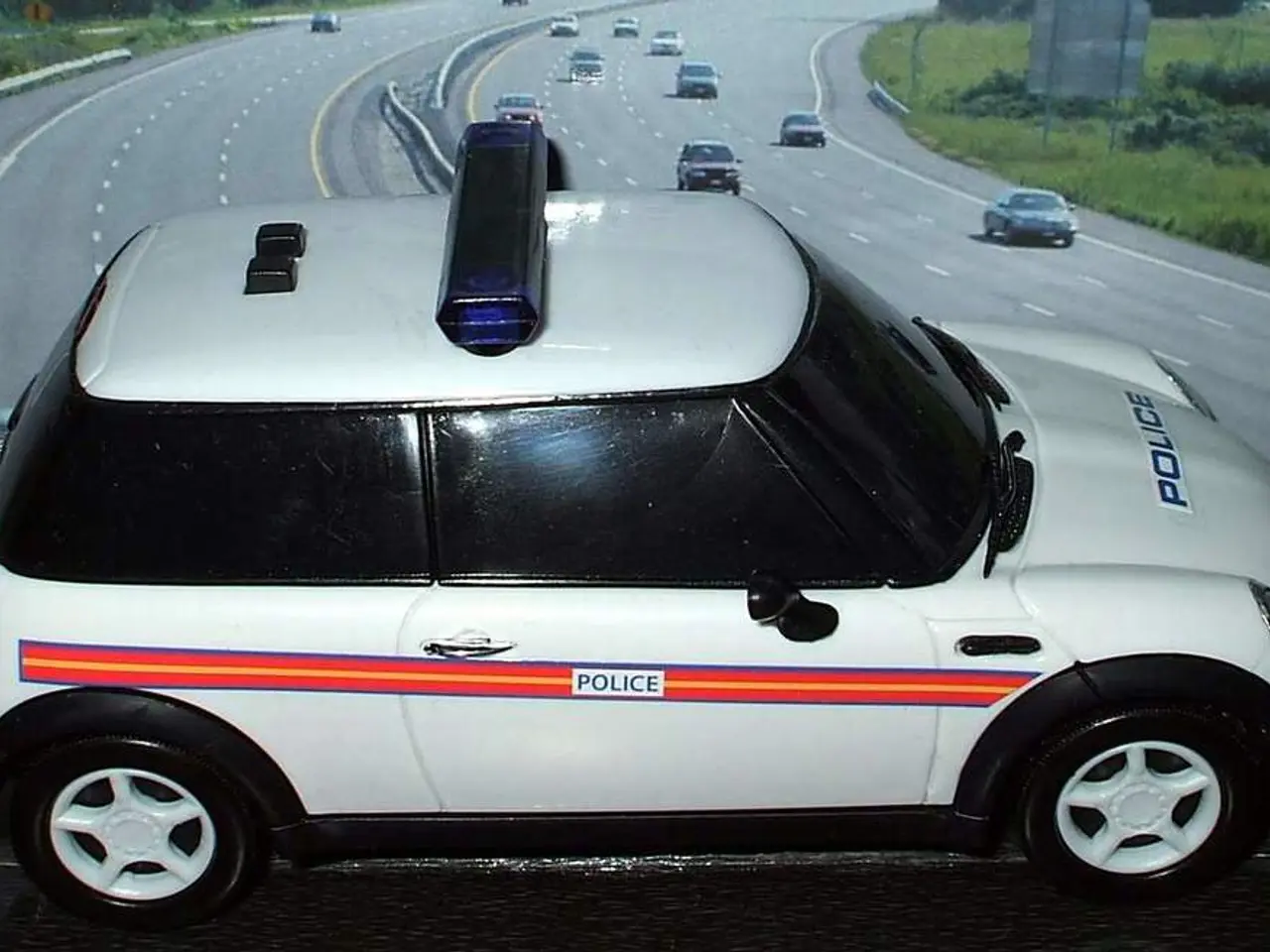Turkey's President Erdogan deems images from the Gaza Strip as more horrific than those from concentration camps. - Turkish President Erdogan declares that photos from Gaza are more harrowing compared to those from concentration camps.
The situation in the Gaza Strip has sparked intense debate, with some drawing parallels to conditions experienced during World War II concentration camps or Jewish ghettos, particularly the Warsaw Ghetto. However, this comparison is highly contested and controversial.
The key parallels drawn include the enforced segregation and confinement of the roughly 2 million Palestinians in Gaza, reminiscent of the forcible grouping and enclosure of Jews in Nazi ghettos and camps. Additionally, the blockade of Gaza and limitations on supplies have led to widespread poverty, starvation, and disease, echoing historical methods used by the Nazis to weaken and exterminate populations.
Some Holocaust historians and activists have explicitly linked Gaza's conditions to "liquidation of a ghetto," urging reflection on "never again" to genocide in light of Gaza's sufferings. Israeli historian Amos Goldberg referred to plans to displace Gazans into "concentration zones," reflecting echoes of Nazi deportation strategies.
However, significant differences and objections to these analogies arise. Critics argue that the Holocaust involved systematic industrial genocide aimed at total extermination without prior military conflict, whereas Gaza's situation follows an armed conflict involving Hamas attacks and Israeli military responses. The intent and scale differ fundamentally.
Some commentators caution against equating refugee camps or conflict zones like Gaza with Nazi concentration camps because the historical circumstances, purposes, and experiences differ drastically, undermining serious dialogue and trivializing the Holocaust. The use of Nazi analogies is often viewed as inflammatory or politically motivated, either to highlight Palestinian suffering or to defend Israel, making the comparison a contested rhetorical and moral battleground.
In summary, while there are historical precedents of forced segregation, deprivation, and violence against a civilian ethnic population that resonate in debates about Gaza, the comparison to World War II concentration camps and ghettos is both invoked by some historians and activists to emphasize the severity of Gaza's humanitarian crisis and rejected by others who underscore the distinct historical and geopolitical contexts. The analogy is thus a deeply complex and debated issue reflecting differing perspectives on Israel-Palestine conflict dynamics and Holocaust memory.
Recent events in the Gaza Strip have seen large-scale military operations by Israel in response to Hamas attacks. Humanitarian aid has been delivered to the region, with Germany providing support for an airlift. On Monday, 200 trucks of aid arrived in the Gaza Strip. Despite the ongoing conflict, the situation in Gaza does not appear to have any direct connections to historical events such as concentration camps, KZs, or World War II.
- Erdogan, in a political rhetoric, has suggested that the conditions in Gaza echo the sufferings experienced by Jews during World War II, likening it to concentration camps or ghettos.
- Regardless of the controversial parallels drawn between Gaza and World War II concentration camps, it's important to note that the historical context, intent, and scale of the two situations are fundamentally different, making any direct connection tenuous at best.
